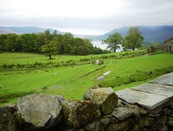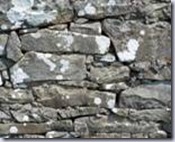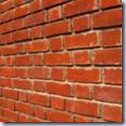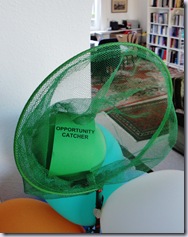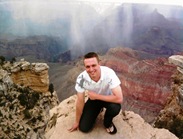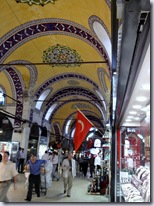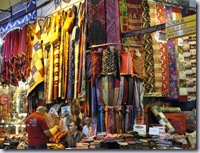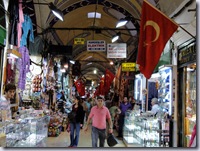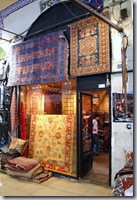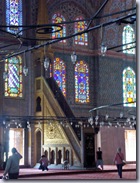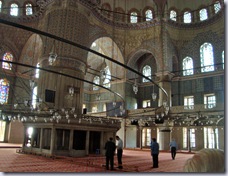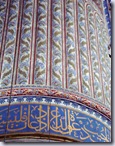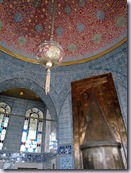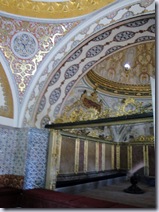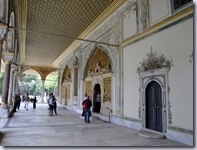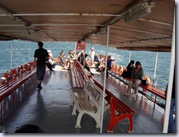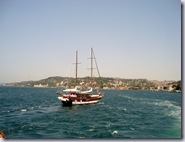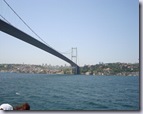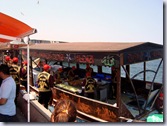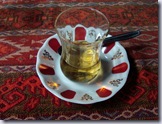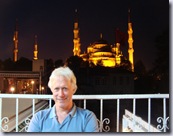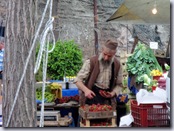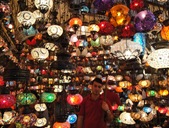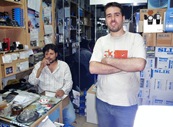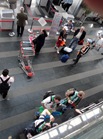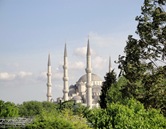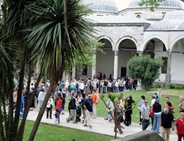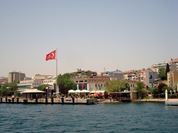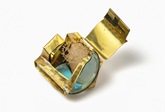Country mice, stone walls
 I’ve lived overseas for four years now, first in the Enterprise program at Cambridge, starting a new business in England, building a business in Arnhem, developing clinical evidence at the research center in Maastricht. The diverse assignments and the many people I’ve met have helped me to develop a much clearer vision of who I am and what I offer.
I’ve lived overseas for four years now, first in the Enterprise program at Cambridge, starting a new business in England, building a business in Arnhem, developing clinical evidence at the research center in Maastricht. The diverse assignments and the many people I’ve met have helped me to develop a much clearer vision of who I am and what I offer.
I’m an entrepreneurial leader who likes moving new medical device ideas through their proof-of-concept phases.
I care about the people and places that I’ve become a part of, and the importance of maintaining those links outweighs the drive to simply pursue ambition.
I like the life balance, social and cultural opportunities, that Europe offers.
Those personal changes, more than anything, probably drove the wedge that developed between the corporation and I, preventing me from finding a new assignment. Still, we like one another, we have good, symbiotic skills and needs to offer one another.
So, what happened?
- Country mouse; City mouse: I have always worked the fringe divisions of the company: I favor the intimacy and nimbleness of of smaller organizations, I like to grow a business through products rather than processes collaborations rather than programs. This tendency to avoid the administrative and political centers in favor of building my career at the margins accentuated during my expatriate assignments; I never expressed much interest in returning to the center.
- Stone walls; Brick walls: I think that innovative products are built from great ideas and creative people, from working closely with physicians and technologists across global boundaries. It’s a bit like an Irish stone wall. The organization tends to build from brick, believing that strong portfolios come conformity to from best processes and practices that minimize business risk and assure predictable outcomes.
- Proving concept; providing evidence: The world is full of creative ideas, and businesses have to decide which ones to adopt and develop. I advocate establishing clinical and technical feasibility quickly and cheaply; an 18- month small-team effort to assess the market, build a prototype, collect Phase 1 data, and secure intellectual property. This clarifies known and unknown facts, removes risk, and allows bad ideas to die quietly. The corporation emphasizes valuation and investment, diligence to justify bringing the full capabilities and strengths of clinical, development, manufacturing, and distribution resources to new opportunities. Lightweight approaches aren’t the norm for heavyweight institutions.
I probably stayed consistent with my themes for too long, even as it became evident that they were highlighting differences rather than bridging opportunities back to the rest of the corporation. Especially in the latter stages, as mentors departed through replacement and retirement, I should have been more willing to face evolving reality.
Labels: Personal reflections
